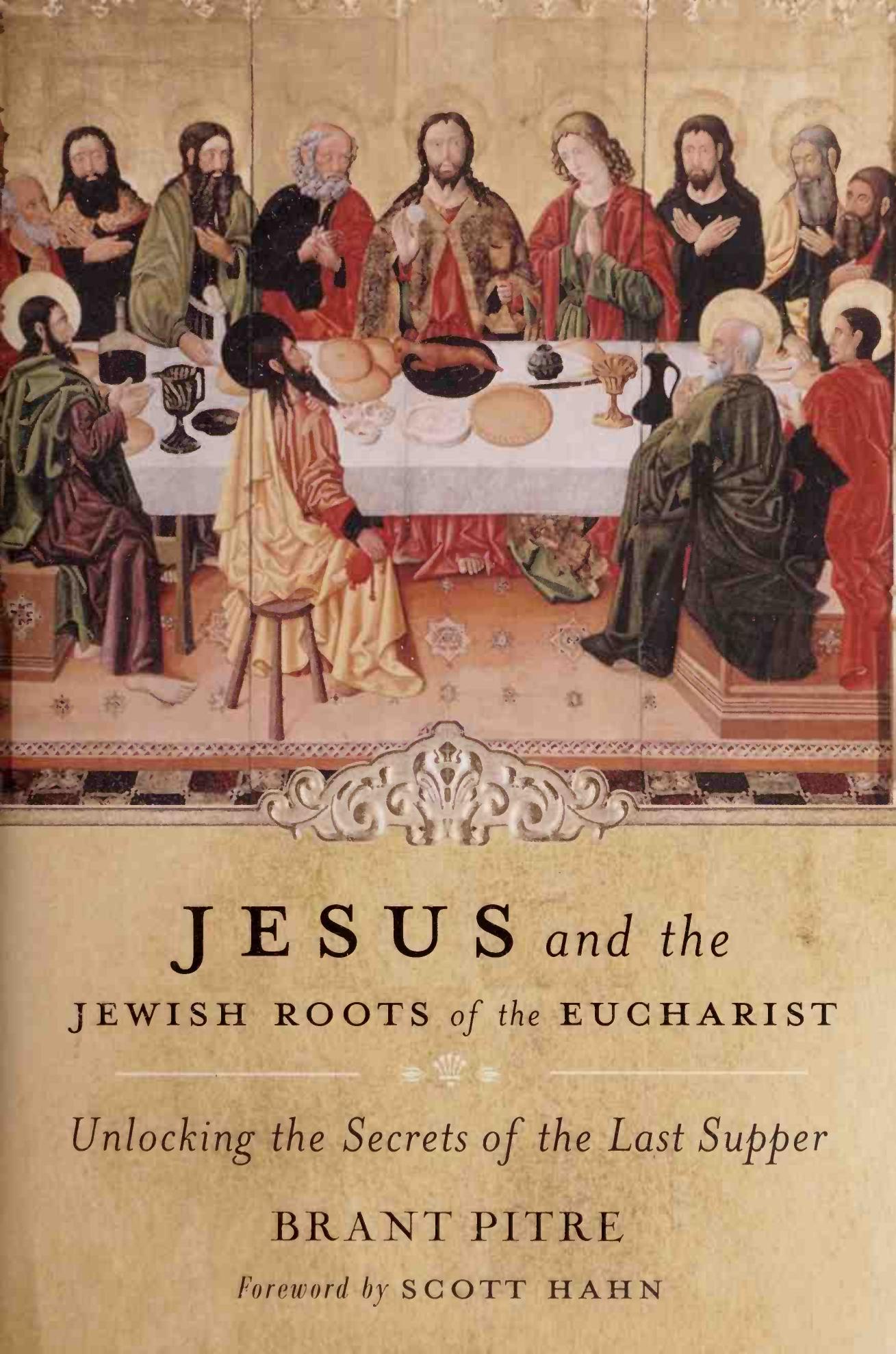Jesus and the Jewish Roots of the Eucharist: Unlocking the Secrets of the Last Supper by Brant Pitre

Author:Brant Pitre [Pitre, Brant]
Language: eng
Format: epub, mobi, pdf
ISBN: 978-0-385-53185-6
Publisher: Image
Published: 2011-02-14T16:00:00+00:00
5
THE BREAD OF THE PRESENCE
Now that we’ve looked at the Last Supper through the lenses of the Passover and the manna, more questions arise. If Jesus intended to inaugurate the new exodus through his death and resurrection, then how did he think God would be worshiped once the new exodus had begun? In particular, how would God be present to his people, as he had been in the past, in the Tabernacle of Moses?
Although many scholars agree that Jesus was looking forward to the new exodus, they have tended to ignore the question of what he thought worship would be like after it had begun. From an ancient Jewish perspective, however, this would have been a very important question. Would there be a new Tabernacle, as in the first exodus? If so, what kind of sacrifice would be offered in it? Would worship consist of animal sacrifices, such as those described in the Book of Leviticus? Or would it be focused on some other kind of offering? For example, in the second century A.D., Rabbi Menahem of Galilee taught that “In the World to Come all sacrifices will be annulled, but the thanksgiving sacrifice will never be annulled” (Leviticus Rabbah 9:7). This is a remarkable vision. We have a Jewish rabbi, not long after the time of Jesus, foreseeing a future age in which all of the many sacrifices described in the Torah would cease, and just one would remain: the “sacrifice of thanksgiving” (see Leviticus 7). That’s what Rabbi Menahem expected; what did Jesus expect?
In this chapter, I will try to answer these questions by exploring our third key to understanding the Last Supper: the mysterious Bread of the Presence. Curiously, many modern readers have never even heard of this holy bread that was kept in the Jewish Tabernacle, much less explored how it might shed light on the Jewish roots of the Eucharist.
Perhaps this is because references to the Bread of the Presence are buried in some of the most difficult parts of the Old Testament, such as the detailed description of the Tabernacle (Exodus 25) or the priestly rules and regulations of the Levites (Leviticus 24). Or perhaps it is because older English Bibles tended to translate the Hebrew references to this bread with the rather obscure expression “Showbread” (or “Shewbread”). As we will see below, this has created some problems for properly understanding the significance of this bread.
Whatever the reason for its being little known, in this chapter I will try to show that the Old Testament Bread of the Presence is an extremely important piece of the Eucharistic puzzle. Indeed, an exploration of the Jewish context of the Gospels suggests that Jesus not only saw the Last Supper as the new Passover and the new manna from heaven; he also saw it as the messianic fulfillment of the Bread of the Presence.
In order to see these links between the Last Supper and the Bread of the Presence, we will once again have to go back
Download
Jesus and the Jewish Roots of the Eucharist: Unlocking the Secrets of the Last Supper by Brant Pitre.mobi
Jesus and the Jewish Roots of the Eucharist: Unlocking the Secrets of the Last Supper by Brant Pitre.pdf
This site does not store any files on its server. We only index and link to content provided by other sites. Please contact the content providers to delete copyright contents if any and email us, we'll remove relevant links or contents immediately.
Signature in the Cell: DNA and the Evidence for Intelligent Design by Stephen C. Meyer(2513)
Real Sex by Lauren F. Winner(2496)
The Holy Spirit by Billy Graham(2439)
The Secret Power of Speaking God's Word by Joyce Meyer(2266)
The Gnostic Gospels by Pagels Elaine(2046)
Devil, The by Almond Philip C(1913)
Jesus by Paul Johnson(1900)
23:27 by H. L. Roberts(1899)
The Nativity by Geza Vermes(1858)
All Things New by John Eldredge(1791)
Chosen by God by R. C. Sproul(1776)
Angels of God: The Bible, the Church and the Heavenly Hosts by Mike Aquilina(1637)
The Return of the Gods by Erich von Daniken(1583)
Angels by Billy Graham(1559)
Evidence of the Afterlife by Jeffrey Long(1469)
Knowing God by J.I. Packer(1438)
The Gnostic Gospel of St. Thomas by Tau Malachi(1419)
How To Be Born Again by Billy Graham(1413)
Victorian Sensation by James A. Secord(1412)
